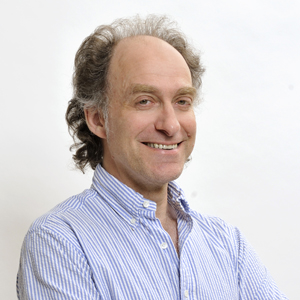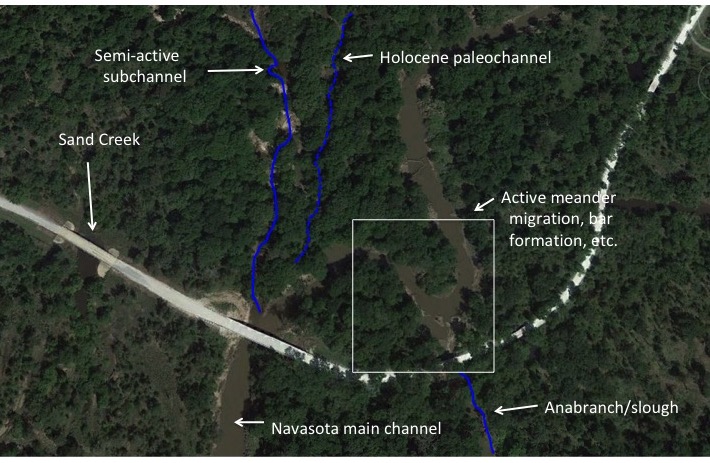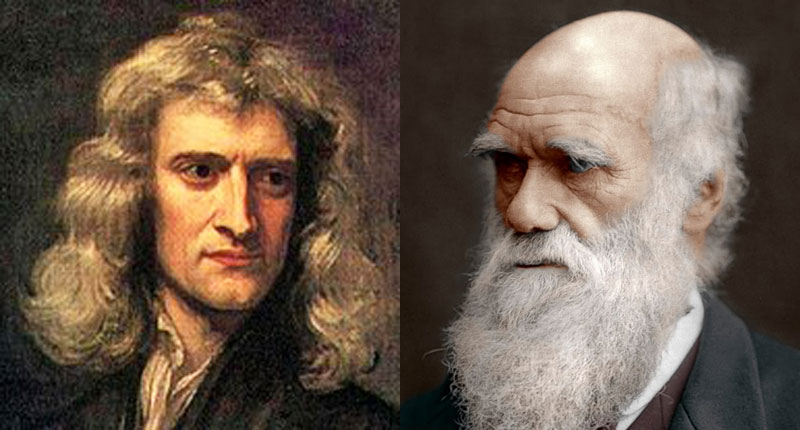Theodore Schatzki Awarded Honorary Doctorate
By Nick Harling
 Theodore Schatzki, geography and philosophy professor in the University of Kentucky College of Arts & Sciences, recently received an honorary doctorate from the Faculty of Humanities at Aalborg University (AAU), located in Aalborg, Denmark. The award comes out of recognition on Schatzki’s work on practice theory, a research field delving into how humans create and transform the world in which they live.
Theodore Schatzki, geography and philosophy professor in the University of Kentucky College of Arts & Sciences, recently received an honorary doctorate from the Faculty of Humanities at Aalborg University (AAU), located in Aalborg, Denmark. The award comes out of recognition on Schatzki’s work on practice theory, a research field delving into how humans create and transform the world in which they live.



